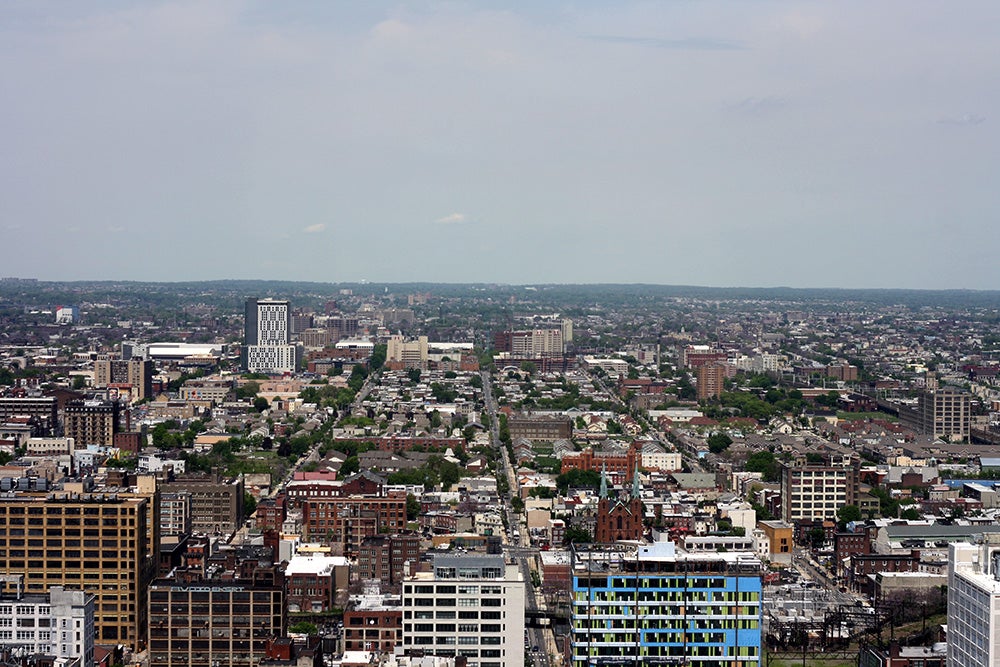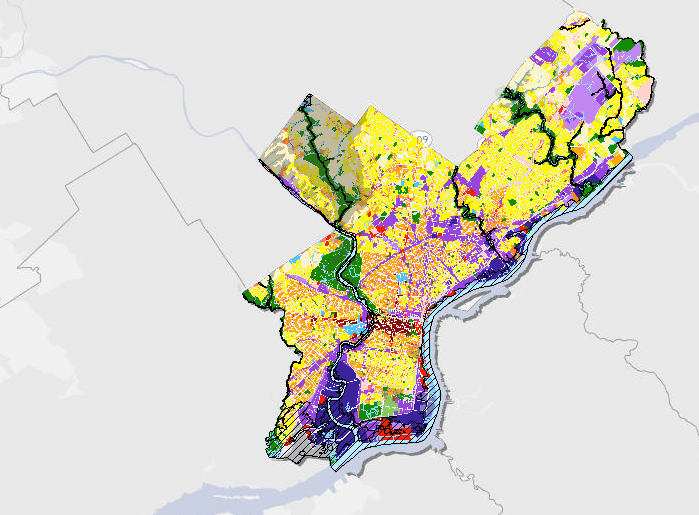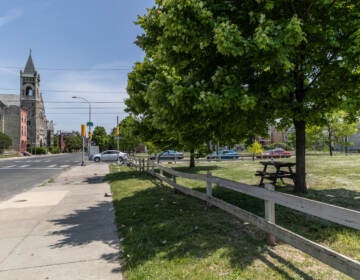City needs remapping before impacts of new code are felt, builders say

There’s a lot in Philadelphia’s reformed zoning code, now nearly a year old, that developers, architects and other code users seem to like. It’s shorter, for one. Easier to understand. Better organized. The residential building height limit is a little higher. It gives incentives for projects near transportation hubs, and for environmentally friendly design elements. More uses are allowed by right, saving small-time builders frivolous trips to the zoning board.
But, developers say, the new rules won’t have a truly meaningful impact on construction activity in the city until the field is redrawn.The city’s zoning maps have not kept pace with the prevailing land uses in many neighborhoods. Most industry has abandoned the still-industrially-zoned southern end of the American Street industrial corridor in South Kensington, for example. Ditto large, vacant swaths of waterfront real estate. Sixteen percent of land in the University/Southwest district is used for institutional purposes, according to the Planning Commission, but just over ten percent of it is zoned that way. And so on.
Until the Planning Commission finishes updating the zoning maps through the Philadelphia2035 planning process–sometime in 2016, the Commission hopes–developers say they’ll continue to need to go to the zoning board on a far-too-regular basis. The need for remapping is also one possible reason cited by the Planning Commission for the zoning board’s steady approval rate for variances: more than 90 percent of all variance requests are granted, according to a draft report compiled by the Commission.
“It’s basically all about the mapping,” said Rustin Ohler, an architect at Philadelphia-based firm Harman Deutsch. “If the property is mapped like the rest of the neighborhood, we’ve been able to build projects by right–our clients have made concessions to build by right–because it’s easier than going to the zoning board.”
Back in the fall of 2011, during the run-up to City Council’s vote to adopt the new code, Councilman Bill Green pushed to give the Planning Commission more funds to complete the remapping more quickly. He predicted that the code alone would be insufficient to revitalize construction in the city; dealing with the outdated zoning maps needed to get done.
“We’ll sap the energy very quickly if we don’t do the remapping,” Green told PlanPhilly the day the code was adopted.
Nearly a year into the new code’s tenure, it’s not clear whether the energy’s been sapped, but it is clear there’s been no significant retreat from the use of zoning variances among developers.
“The main problem is remapping,” said Janice Woodcock, an architect and former director of the Planning Commission,” and there really isn’t a great mechanism for dealing with it.”
Woodcock said that the Zoning Code Commission did a “fantastic job” rewriting the code, and praised its new clarity and ease of use. But she said that until all the zoning maps are brought up to date, developers will be encouraged to get their properties rezoned legislatively, through City Council. And that process, she said, favors builders who can muster political influence.
Offering that it was unlikely in a city not overflowing with extra resources, Woodcock said the Planning Commission should be given more resources to finish the remapping and keep the maps current, as well as more deference when it comes to development.
“If you look at the [Home Rule] Charter, the Planning Commission is supposed to oversee the orderly development of the city,” Woodcock said. “That’s their job.”
Equinox Properties’ Jonathan Weiss, who has built an array of student housing projects near Temple University and elsewhere, said his architects work hard to design projects to code whenever possible. Weiss said he has three projects in the permitting phase, and that of those, two can be built by right, and the third needs only minor variances.
“I have a number of projects brewing, and we’re working very hard to design them as of right, and have been very successful doing so,” Weiss said. “We’re paying a lot of attention to [the code]. There are still some tricky pieces to it, but on the whole, for us, we think it does make things a little easier.”
There are other issues with the code. Many of the developers PlanPhilly has spoken with said that the code’s provision on Registered Community Organizations, which was amended early this year by a bill from Councilwoman Jannie Blackwell, is confusing and onerous. The bill changed the provision to require both zoning applicants and RCOs to notify every property owner on every neighboring blockface when a project is proposed that requires zoning board action. Anne Fadullon, a developer with Dale Corporation, said the current law needs tweaking, but isn’t sure whether the provision as written would have been better.
“To be honest,” Fadullon said, “that section was changed so quickly that I don’t think we know whether it was going to work or not.”
Fadullon also pointed out that some more specific provisions are likely generating variance requests, such as the residential height limit of 38 feet combined with the prohibition on rear-yard parking. (At a zoning board hearing last week, attorney Hercules Grigos argued that those rules needed to be reconsidered as well.) The market, Fadullon said, “really seems to want” residential housing with ground-floor garage space and three stories above that, which can’t be squeezed into 38 feet.
But Fadullon also suggested that incorrect mapping and specific rules aren’t the only reasons the ZBA’s caseload hasn’t been substantially reduced. She said that most developers would always build by right if felt they could, just to avoid the ZBA, but that for some, “You don’t let the code really dictate your project, because we are so used to not doing it that way.”
“We’re a city that’s done things a certain way for a long time,” Fadullon said, “and it’s hard to get out of that mode …”
Craig Schelter, of Development Workshop, who worked diligently during the zoning reform process and after to make sure the code isn’t unduly burdensome for property owners, said the Planning Commission’s draft report made clear that “almost everybody” is unhappy with the code’s RCO provision. As for the steady drip of variances, Schelter said those are just part of the development process in Philadelphia.
“It doesn’t surprise me that all of the variances were still there in the first year …” Schelter said. “If [the ZBA] just turned off the spigot, that doesn’t make sense either. For the first year effort, I think it’s OK.”

WHYY is your source for fact-based, in-depth journalism and information. As a nonprofit organization, we rely on financial support from readers like you. Please give today.





